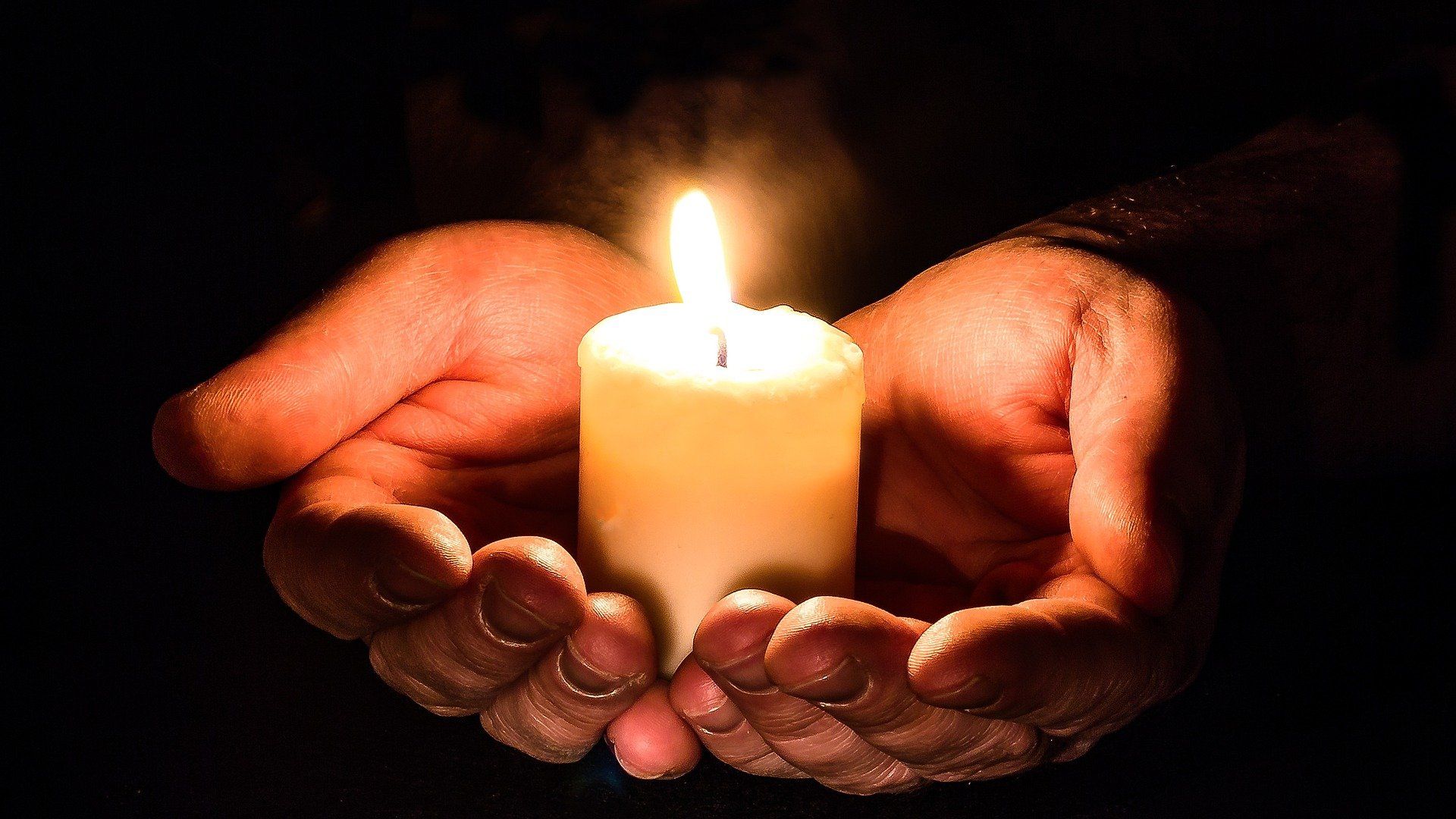Healing Circle versus Yarning Circle
Jun 20, 2023
At Kultchafi, we often are asked, “What is the difference between Healing Circle work as delivered by us, or a Yarning Circle?”
They both have value but are very different in both structure and outcome.
As an overview, both are used in the 21st century among different cultures but they all have two things in common – they are a method of Healing and bringing together people within our communities, and they both have deep roots within the traditional practices of First Nations peoples.
Both aim to foster a sense of belonging, connection and healing among participants.
However, they also have distinct purposes, structures and outcomes that make them suitable for different situations.
Healing Circle work – and I must emphasise here that the Kultchafi Healing Circle work has been developed from the Voices of First Nations peoples within Australia - is a form of restorative Healing that involves bringing together people who have been affected by a conflict, trauma or other form of harm.
It is expected that all Healing Circles, including those guided by Kultchafi, are guided by a Facilitator who ensures that everyone has a chance to speak and listen respectfully.
The goal of a Healing Circle as a general aim is to create a safe space where people can share their feelings, perspectives and experiences, and work towards finding a resolution that satisfies everyone's needs. A Healing Circle can help participants emerge from emotional wounds, it can restore relationships and prevent future conflicts.
I have seen participants come together in domestic and family violence situations and step away as a whole partnership.
It also is important to emphasise that a Healing Circle as delivered by Kultchafi is only for adults over 18 years of age, but is suitable for any gender and for any nationality, Indigenous or non-Indigenous.
In our Healing Circles, which have been delivered to many hundreds of people, participants are taken through a River of Life that guides them through their traumas and enables them to transform.
Alternatively, a Yarning Circle is a form of storytelling that involves sharing knowledge, wisdom and culture through oral narratives. The circle often will be led by an Elder or a respected person who initiates a topic and invites others to join in.
The topic can vary, depending on the group.
The goal of a Yarning Circle is to create a relaxed and informal atmosphere where the participants can learn from each other, build their personal identity and strengthen their sense of community. A Yarning Circle can also help participants to develop their communication skills, critical thinking skills and cultural awareness.
Yarning in itself is a specific skill that is applied within many cultures, but most particularly within First Nations environments, so as to build respect and understanding.
When drawing similarities, however, both Healing Circles and Yarning Circles are based on the principles of respect, honesty, trust and reciprocity. Each requires participants to sit in a circular formation to symbolise equality, unity and harmony. They both use a talking piece, to indicate who has the right to speak, and both encourage participants to listen attentively, speak from the heart and to honour the confidentiality of the Circle.
However, Healing Circles are more formal and structured than Yarning Circles. The Kultchafi Healing Circles have a clear agenda, set timeframe and activities, and a specific outcome. The address serious issues that require intervention, including intergenerational trauma, family and domestic violence, substance abuse and identity crisis.
The Kultchafi Healing Circles may require referrals to other emotional support services.
Yarning Circles are more flexible, without a fixed agenda, strict time limit or pre-determined outcome. They are often used to explore general topics that interest the participants, such as history, culture or spirituality. They may involve a specific craft, such as basket-weaving. They may lead to new ideas or opportunities for collaboration. A Yarning Circle may be facilitated by an elder, a teacher, a mentor, or a respected person who can lead the conversation and encourage respectful and honest interactions. It can also be more casual.
So, in conclusion, Healing Circles such as those delivered by, and for which facilitator training is provided for, within the Kultchafi cultural services are vastly different to Yarning Circles.
Both are valuable practices that can enhance the well-being of individuals and communities, and both are suitable for both people of all cultures. They are both ways to heal.
- Could you offer Healing Circles in your community or to your clients? Kultchafi offers Healing Circle work facilitator training. Find out more at www.kultchafi.au/cultural-services
Find out about market-leading Kultchafi Cultural Responsiveness Training. It's multi-accredited by leading professional bodies including the Royal Australian College of General Practitioners (RACGP), the Australian College of Rural and Remote Medicine (ACRRM), the Australian Psychological Society (APS) and the Australian Pharmacy College (APC). Suitable for any work sector and delivered online as self-paced learning.
Stay connected with news and updates!
Join our mailing list to receive the latest news and updates from our team.
Don't worry, your information will not be shared.
We hate SPAM. We will never sell your information, for any reason.

